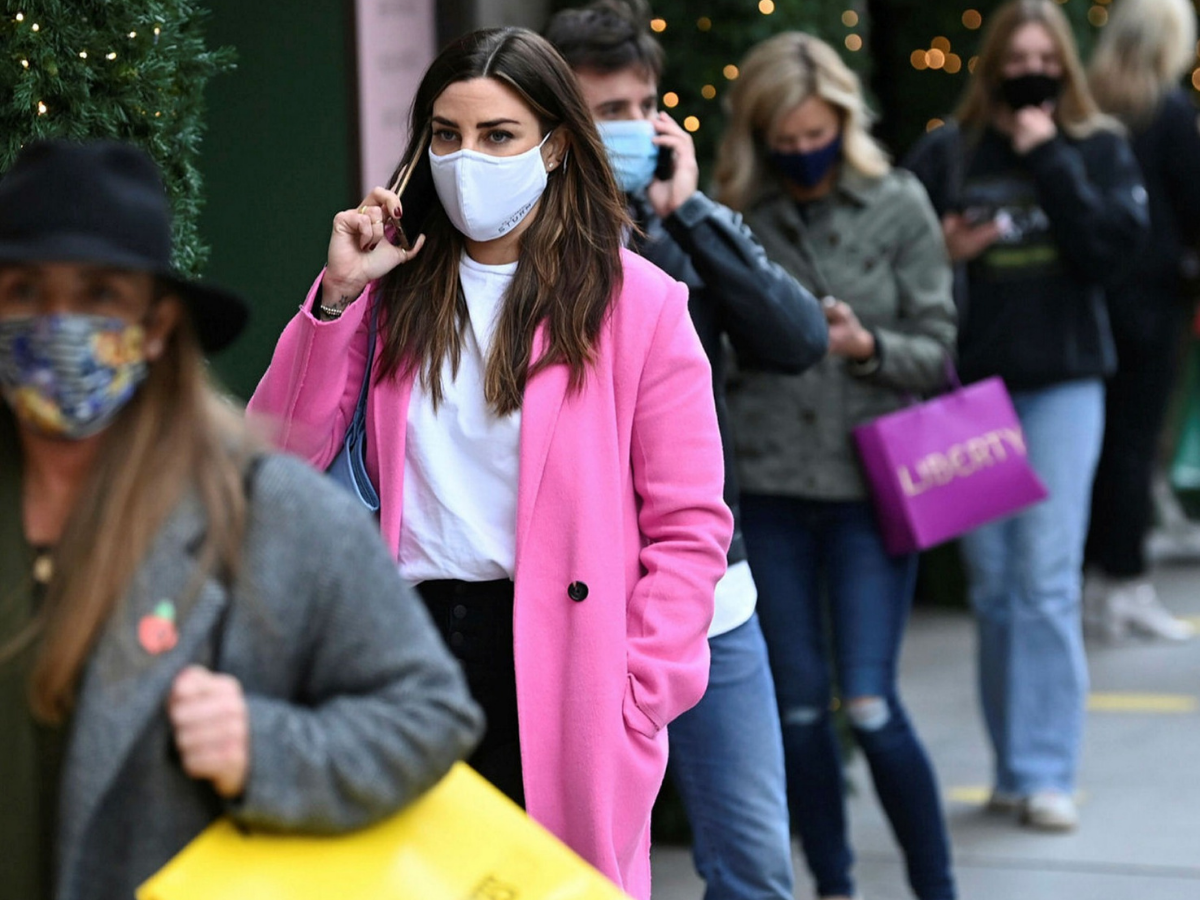Retail sales jumped 9.2% in April as non-essential shops opened their doors once again. Online sales dipped as people turned to the high street to spend their cash, eager to participate in in-person retail once again.
Consumers have been stocking up on clothing since restrictions on non-essential retail lifted, looking hopefully forward to the days when socialising returns to normal.
Clothing sales save the day
High street retailers are thankfully back in the green for the first time in months. The true boost was seen in clothing with an increase of 69.4% from the month before. In light of this massive increase, retail sales are now back at pre-pandemic levels. This was music to the ears of many retailers who had feared what post-covid retail might look like.
Changes in retail had been anticipated due to the pandemic, but with this sort of bounce back from restrictions it is becoming more unclear what the shape of that change will be. Previous speculation has ranged from the total death of the high street to consumers favouring online methods out of habit, so this retail recovery is unexpected but extremely welcome.
Most retailers judge their performance based on statistics from the same period in the previous year but this has now become ineffective due to the duration of the pandemic. This makes judging performance and setting daily targets difficult for many stores, but the numbers seen since lockdown easing have been very clearly positive.
Online vs In-store
The battle between high-street retailers and online ones is nothing new, but it has certainly been exacerbated by the pandemic. Some companies – like innovative delivery company Bother – have found ways for online retailers to support local shops as opposed to competing with them. Larger businesses with established online presences adapted to online models far quicker than small independent stores, so this support from a delivery company is welcomed.
Having suffered massively from the pandemic, small independent businesses were desperate to trade in person again. Staff put on furlough from small high street shops found themselves wondering if they would have a job to go back to when restrictions lifted, so April’s performance has undoubtedly eased many worries.
One of the facets of brick and mortar retail that sets it apart from shopping online is being able to handle items – something we haven’t really been able to do during the pandemic. Once this can return and stores are no longer operating at limited capacity, in-store retail certainly has enough selling points to keep itself afloat.
Upward trend or temporary spike?
Based on the data seen, the Financial Times believes ‘UK economic recovery will be “fast and full”…as businesses reported the strongest pace of growth in activity in more than 20 years.’ The vaccine has provided an injection of hope for the population, increasing consumer confidence and getting more people back through the doors of high street shops.
The recent growth has not been isolated to the UK’s retail sector:
‘Factory orders surged at a record pace, reflecting improved global demand, while the services sector reported near-record growth as the opening up of the economy allowed more businesses to trade.’
However, it is debatable whether this jump is temporary as consumers excitedly return to stores or the start of continuous improvement. Though the growth is a step in the right direction the situation remains fragile for retail; ‘footfall is still down by 40% on the pre-pandemic period, and there are still 530,000 people who work in retail still on furlough’. The real question is whether this trend will continue. People have been itching to return to stores but the novelty may wear off, only time will tell.
Consumer spending habits
Part of this boom may be down to people’s eagerness to get out of their homes and see friends in person again. For a while, restrictions meant people could more easily socialise whilst shopping than in private spaces, so many people were shopping as a way to socialise – and it’s definitely easier to fill your basket when shopping with friends.
‘The boom in sales across all sectors of the retail industry meant the volume of goods bought in April was 10.6% higher than February 2020, before the impact of the Covid-19 pandemic.’
Buy now pay later models from the likes of Klarna have been a saving grace during the pandemic, allowing people to continue making purchases whilst temporarily on 80% of their wages during the furlough scheme. The number of UK users of the service soared by over 200% year-on-year in February 2021 and continues to climb as people cautiously spread out their spending.
Summary
Retail begins to recover from the past year, returning to pre-pandemic levels. Whether this is a continuous trend is yet to be seen, but everyone across the sector remains hopeful. Consumers have evidently missed the in-person shopping experience, something online shopping will never be able to replicate. As the seasons change and summer holidays appear on the horizon retailers all hope there will be more spending to come.
About the Author: Leo Hynett
Leo Hynett is a contributing Features Writer, with a particular interest in Culture, the Arts and LGBTQ+ Politics.
Recommended for you

Antidepressant Prescribing at Six-Year High
More people are taking antidepressants than ever. Is this a dark sign of the times or an indication that mental health stigma is changing?

Can AI be Used to Determine Cancer Recurrence?
When cancer patients go into remission, they often worry about it coming back. AI can now help identify those at risk of cancer recurrence.

Pegasus – Still a Threat to the UK?
The notorious Pegasus spyware has been misused to exploit vulnerabilities in devices, even those kept within the walls of Number 10.
Trending

Drug Decriminalisation: Could the UK Follow Portugal?
Portugal’s drug decriminalisation has reduced drug deaths and made people feel safe seeking support. Would the UK ever follow suit?

Calling All Unvaccinated UK Adults
With Covid cases rising, the NHS is urging the 3 million UK adults who remain unvaccinated to come forward.




